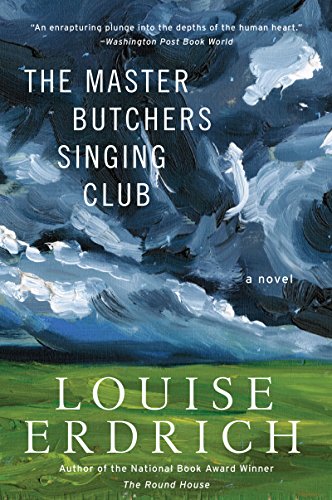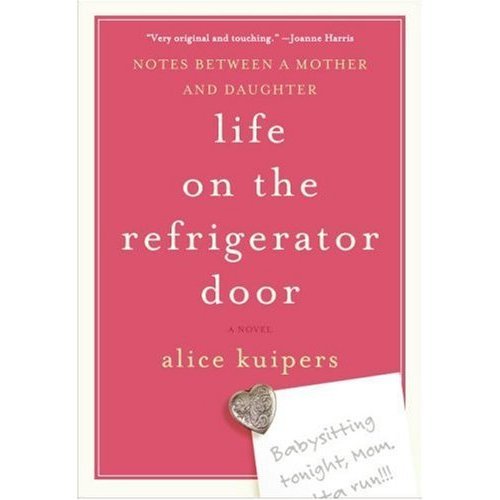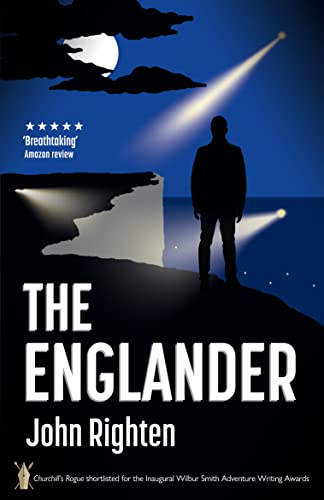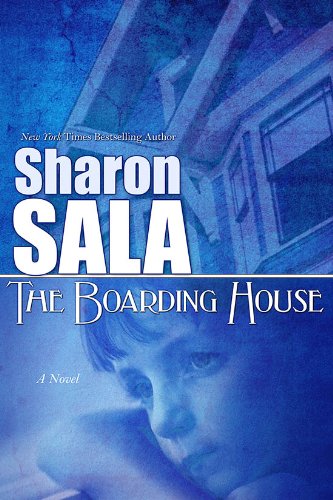It happens once a quarter, and today’s the day: Moments after the stock market closes today, Amazon will announce its quarterly earnings and, very likely, include a few juicy tidbits about a subject near and dear to our hearts … the progress of the Kindle Revolution.
If this is a topic that interests you as a Kindle owner, reader, author, publisher, or investor, you may want to tune in to a live webcast of the company’s conference call with analysts this afternoon at 2:00 p.m. PT/5:00 p.m. ET. The event will be webcast live, and the audio and associated slides will be available for at least three months thereafter at
www.amazon.com/ir.
As we approach today’s report,
Amazon’s share price is within a dollar or so of it’s all-time high, and has traded this morning as high as $166.13 for a new all-time intra-day high. Investors are bullish on the company, the Kindle, and other Amazon initiatives, but investors beware: traders often find temporary clouds among all the silver linings in the earnings report of such a high-profile company, and Amazon often makes long-term reinvestment decisions whose rationales are too complex for your average 27-year-old Gekko wannabe to understand. The result can sometimes be a roiling of the trading waters such as we saw after the last quarterly report, when the AMZN share price fell about 12 percent within minutes during after-hours trading, only to make back all of that loss and then some within the ensuing week on its way to a 50 percent single-quarter gain from that after-market tumble to today’s levels.
Here, courtesy of Kindle Nation’s internship staff, are a few tidbits that observers may have in mind — with particular emphasis on the Kindle and ebooks, of course — as we await today’s earnings report:
Do All Roads Lead to the Kindle Revolution? We’ve seen a spate of predictions about putative Kindle Killers over the past three years or so, but the word from here has been consistent: most of these other devices will only strengthen the Kindle and the Kindle Store. Finally, Wall Street analysts are getting the message, as with the
Los Angeles Times‘
report of a new Cowen and Co. study showing that the iPad has actually created profit and record-growth for Amazon and its Kindle.
This year, Cowen estimates Apple has only 5% of the market for digital books, compared with a dominant 76% for Amazon. By 2015, Cowan estimates Amazon will have 51% and Apple 16% of a much larger market.
“Not only are sales of the Kindle device expected to grow 140% this year to nearly 5 million units from 2009, but digital book sales via the Kindle store are on track to grow 195% to $701 million in 2010,” the Times summarizes from Cowen’s report on the e-book market.
Other interesting data emerging from Cowen’s survey:
- Roughly 60% of digital book readers on iPad report using iBooks mostly
- 30% of these readers use the Kindle mostly
- Among hard-core readers who go through 25 books or more a year, 44% prefer using Kindle on the iPad, compared with 47% for iBooks
“So it seems we’re into only the first chapters of the e-book wars, with more plot twists to come,” the
Times’ Alex Pham writes.
* * *
The AAP (Association of American Publishers) released its newest book sales from August reporting “publishers’ book sales…increased 3.4 percent on the prior year to $1.6 billion and were up by 6.9 percent for the year to date.”
Specifically, e-book sales in this same period were $236 million, rising over 3% from last year to 9.03% of total book sales.
Compared to $89.8 million from January-August 2009, representing an increase for of 193% over the same period last year, digital book sales for January-August 2010 represented $263 million. With an astounding 172.4% increase over August 2009 figures, e-book sales remain on the rise.
In non-Kindle or e-book news, the AAP report showed decreases in sales in Hardcover Children’s books as well as Adult Hardcover and Mass Market, while higher education publishing sales grew 11.8 percent for the month ($969.7 million) and increased 12.4 percent for the year.
The Kindle expands it reach once again—this time into
Verizon’s cellular home, where the Amazon storefront will be usable in Android Smartphones and other mobile devices. The big news here is that the Droid 2 and Driod X by Motorola as well as the Samsung Fascinate come pre-loaded with Kindle software.
From the newswire Verizon press release: “Kindle for Android lets customers discover and read more than 700,000 books in the Kindle Store and is easy to find on the application screen of the new Samsung Fascinate™ – which boasts a brilliant 4-inch Super AMOLED touch screen display – as well as on DROID™ 2 by Motorola and DROID X by Motorola. “
As detailed by Verizon, the Kindle application will enable its standard features:
- Buy Once, Read Everywhere – Amazon’s Whispersync technology syncs your bookmark across devices, so you can pick up where you left off.
- With Kindle Worry-Free Archive, books purchased from the Kindle Store are automatically backed up online, where they can be re-downloaded at any time.
- The largest selection of books people want to read. The U.S. Kindle Store now has more than 700,000 books, including New Releases and 107 of 111 New York Times Bestsellers. Over 575,000 of these books are $9.99 or less, including 80 New York Times Bestsellers.
* * *
Earlier this month, Amazon launched a new initiative – “Kindle Singles” – to express “compelling ideas at their natural length.”
What are these volumes, exactly? “They can be twice the length of a New Yorker feature or as much as a few chapters of a typical book,” Amazon aficionados say.
More clearly
defined, they are new Kindle books that will have their own section in the Kindle Store and be priced significantly less than standard books.
“Today’s announcement is a call to serious writers, thinkers, scientists, business leaders, historians, politicians and publishers to join Amazon in making such works available to readers around the world,” Amazon’s press release reads.
“Ideas and the words to deliver them should be crafted to their natural length, not to an artificial marketing length that justifies a particular price or a certain format,” said Russ Grandinetti, Vice President, Kindle Content.
“With Kindle Singles, we’re reaching out to publishers and accomplished writers and we’re excited to see what they create.”
In an AOL original, writer David Winograd calls Apple’s iPad-based iBookstore “one big failure.”
Six months after its launch on April 3rd, Winograd thought iBookstore would have improved from its early days. How has it progressed, according to Winograd: “poorly…very poorly.”
Why? We’ll let him speak for himself:
“The Kindle store currently advertises that they have over 700,000 books, magazines, and blogs available for download…it’s a safe bet to say that once you eliminate the ability to load .pdf files, the availability of e-books from the iBookstore pales.”
Winograd says that, “at launch, it was reported that the iBookstore contained somewhere between
46,000 and 60,000 titles, 30,000 of which came from the
Project Gutenberg library of free out-of-copyright books.”
Unlike most Apple products, the iBookstore is not convenient or simple to use, according to Winograd. In two recent experiences, Apple’s store came up empty when he wanted to buy Steig Larsson’s
Millenium Trilogy
and Gary Shteyngart’s
Super Sad True Love Story
. He adds that Apple and publisher Random House have still not negotiated pricing arrangements for their works.
From the U.K., more Kindle happenings: Amazon.co.uk, as
reported by the BookSeller, is telling its customers it will “fight agency pricing”—or the higher prices for digital books. The U.K. branch of the company has told publishers “not to impose price increases on consumers.”
“Based on our experience as a bookseller setting consumer prices for many years, we know that these increases have not only frustrated readers, but have caused booksellers, publishers and authors alike to lose sales,” Amazon has said.
This comes in the aftermath of Hachette UK’s decision to move certain booksellers to agency pricing—according to BookSeller, “leading to a number of booksellers including Waterstone’s and W H Smith to remove its e-books from sale.”
While Amazon has not officially commented on these developments, it has written to customers via its
Kindle blog.
The letter reads, in part:
“First, as we feared, the US agency publishers (Hachette, HarperCollins, Macmillan, Penguin, and Simon & Schuster) raised digital book prices almost across the board. These price increases were not only on new books, but on older, ‘backlist’ books as well (in the industry, ‘backlist’ books are often defined as books that have been published more than a year ago)…In the UK, we will continue to fight against higher prices for e-books, and have been urging publishers considering agency not to needlessly impose price increases on consumers.”
Available in its entirety
here, thanks to BookSeller’s due diligence.
* * *
Ebook revolution? The coming end of dead tree books? Could it be that the federal government is the last to know?
Lisa Rein of
The Washington Post reports on the federal bookstore that is “the newest haven for paper-loving policy wonks” in the nation’s capital.
The store, according to Rein’s report, “refuses to give in to the scanned, Googled, digital Zeitgeist doing steps from Capitol Hill.”
“What we’re looking at is staying in balance,” the public printer told the Post. “We see ourselves as a community bookstore. We’re not trying to make the last buck. We are here to serve the American people.”
In an era in which digitalization can bring us greater environmental sustainability, we wonder about the merit of this. Also, when studies increasingly show that young people are more willing to read from digital sources than traditional prints ones, this may be the last cool print bookstore of the century.
On the other hand, some readers will never change:
“There are still a lot of Americans willing to plunk down money to browse in a bookstore,” Tapella said. “There’s a soul. A pulse.”
On the other hand, one innovator who is changing the e-reading landscape is Instapaper founder Marco Arment. Instapaper, as reported by Wired.com, is “a tool that strips clutter from online articles and saves them for later reading.”
At
Tumblr Arment’s monitor screens were unimaginable cluttered – hence, his invention.
“In the modern desktop environment, with multitasking and alerts and constant activity, there are always more distractions,” Arment said to Wired in an interview.
Moreover, he adds that society has something of an “obesity epedemic” in our Web navigation and informational intake.
The mission of Instapaper is to “promote attentive reading in the face of digital distraction,” as Wired put it.














